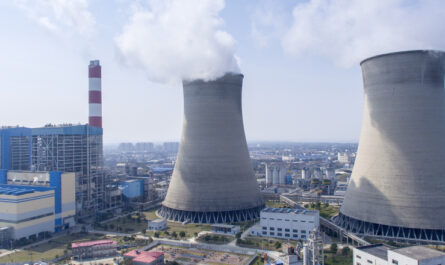 Die casting is a manufacturing process where molten metal is forced into a mold cavity under very high pressure. The mold cavity is created using two hardened tool steel dies which have been machined into shape and work similarly to an injection mold during the process. When comparing to other manufacturing processes, die casting provides excellent surface finishes, tight tolerances, complex shapes and is a high volume production technique. Some key advantages of die casting include dimensional accuracy, ability to cast complex geometries, high production rates and overall lower production costs.
Die casting is a manufacturing process where molten metal is forced into a mold cavity under very high pressure. The mold cavity is created using two hardened tool steel dies which have been machined into shape and work similarly to an injection mold during the process. When comparing to other manufacturing processes, die casting provides excellent surface finishes, tight tolerances, complex shapes and is a high volume production technique. Some key advantages of die casting include dimensional accuracy, ability to cast complex geometries, high production rates and overall lower production costs.
History of Die Casting
The die casting concept and development of die casting originated in Europe in the late 1880s. It was during this time period when the first experimental die casting machines and processes began to emerge. By the early 1900s, die casting started being used commercially to manufacture aluminum and zinc alloy parts. Factors like rapid industrialization, development of casting alloys and advancements in machinery design helped the process gain widespread adoption in the manufacturing industry over the next few decades. Key milestones in die casting’s history include the introduction of the hot chamber die casting process in the 1920s and cold chamber die casting in the 1950s which increased process capabilities further. Today, die casting is crucial for high volume production of parts across industries like automotive, electronics, hardware and more.
Components of a Die Casting Machine
A die casting machine consists of four main components – injection unit, clamping unit, ejector mechanism and dies. The injection unit is used to inject molten metal into the die cavity at very high pressures, typically ranging from 1500-2000 PSI. It contains a shot sleeve, injection ram and cooling channels. The clamping unit holds the two dies tightly together during the casting cycle. The ejector mechanism aids in removing the cast part from the die after solidification. Precision engineered hardened tool steel dies form the critical mold cavity and cores into which metal is injected. Modern machines are CNC controlled and automate processes like die loading, casting and part ejection for high productivity.
Die Casting Process Steps
The key steps involved in the die casting process are:
1. Die Preparation: Dies are precisely machined to create the desired internal shape and properly gated for metal injection. Lubricants are applied.
2. Metal Melting & Conditioning: Zinc or aluminum alloys are melted to 1500-1700°F and degassed/conditioned to remove impurities before injection.
3. Die Clamping: Top and bottom dies close together tightly to form the full mold cavity.
4. Metal Injection: Molten metal is injected into the die cavity at high pressures under precise controls.
5. Cooling & Solidification: Metal cools and solidifies rapidly within 2-5 minutes inside the closed die.
6. Ejection: Solidified casting is ejected automatically from the die using the ejector system.
7. Finishing: Casting undergoes trimming, cleaning and any necessary secondary operations.
8. Quality Checks: Parts are inspected for defects and dimensional checks done using CMM.
Die Casting Applications and Industries
Due to its ability to produce complex near-net-shape parts in high volumes, die casting finds widespread use across industries for both non-ferrous and ferrous alloy components. Some common applications include:
Automotive – Engine parts like intake manifolds, transmission components, valve bodies, housings etc.
Electronics – Enclosures, heat sinks, small precision components for computers, smartphones, appliances etc.
Hardware – Fasteners, tools, locks, door handles, plumbing fixtures etc.
Appliances – Housings, covers, internal assemblies for ACs, washing machines etc.
Industrial – Valves, gears, pumps, hydraulic cylinders used in oil and gas, marine, mining industries.
Benefits of Die Casting
Some key benefits that make die casting an attractive manufacturing process are:
– High production rates of upto millions of parts annually
– Excellent dimensional accuracy and repeatability
– Ability to cast intricate geometries and complex shapes
– Low per piece production costs for high volumes
– Fine surface finishes require little post-machining
– Components have uniform wall thickness and mechanical strength
– Wide range of castable materials like zinc, aluminum, magnesium alloys
– Economic choice for medium to large batch production runs
– Automated casting processes lower labor costs
Conclusion
In summary, die casting delivers precise, dimensionally stable components at mass production levels. Its versatility, productivity and cost benefits have established the method as a mainstream process globally across major manufacturing industry sectors. Continued technological improvements will help expand die casting applications to new alloy selections and industry verticals. When production volumes are in thousands or millions, die casting offers unparalleled advantages over most alternative fabrication techniques.
*Note:
1. Source: Coherent Market Insights, Public sources, Desk research
2. We have leveraged AI tools to mine information and compile it



